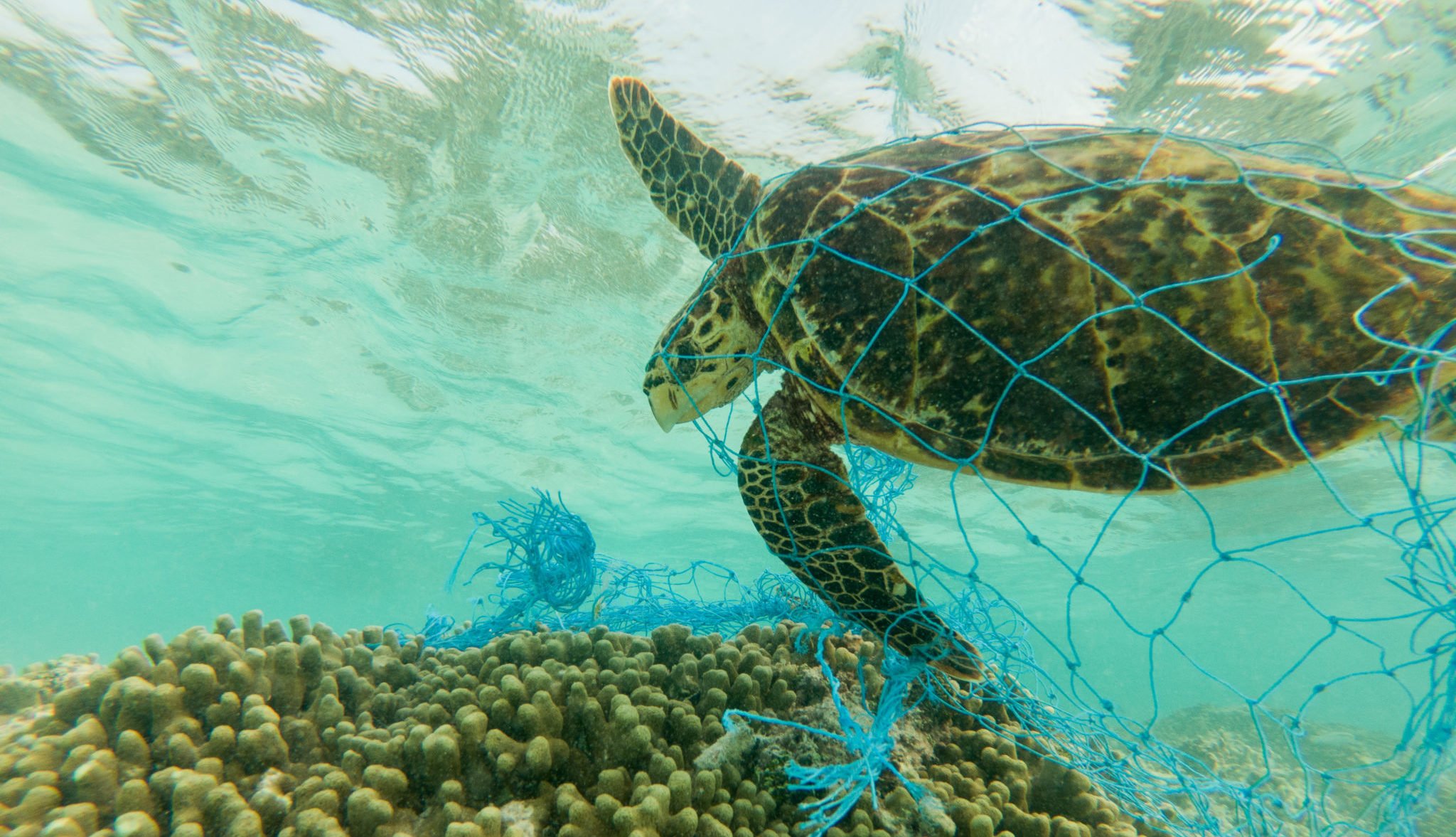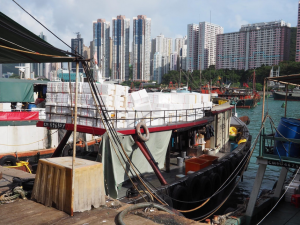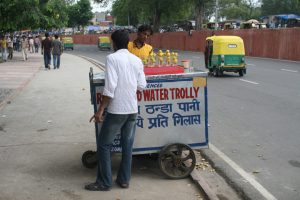Since the 1950s, more than nine billion tonnes of plastics have been manufactured. 90% of it has been discarded, threatening ocean life, filling tens of thousands of land-fill sites worldwide and damaging human health. The chemicals that leach from plastics have been found in the blood and tissue of people all over the world and have been linked to cancers, birth defects, impaired immunity and endocrine disruption.
According to the Plastic Pollution Coalition, 17 million barrels of oil a year are used to make new plastic, most of it thrown away after just one use. Once discarded, plastic becomes a cost to the public: collecting it, managing it, moving it and disposing of it is an expensive burden; failure to manage it has created a serious hazard.
Given the damage plastic is doing, why is so little recycled? One problem is that plastic is cheap to produce, and recycling businesses, so far, struggle to make a profit. But, as two industry experts explained to chinadialogue, if we valued plastic differently, we would recover its embedded energy and greatly reduce pollution.
Nina Goodrich, an industry insider who is now director of the Sustainable Packaging Coalition, insists that plastic is not an enemy. “The reason we use plastics,” she told chinadialogue, “is that they are environmentally efficient in food preservation. Massive energy and resources go into producing food, so the job we hire plastic to do is really important. Without it, the environmental burden of feeding nine billion people would be significantly higher.”
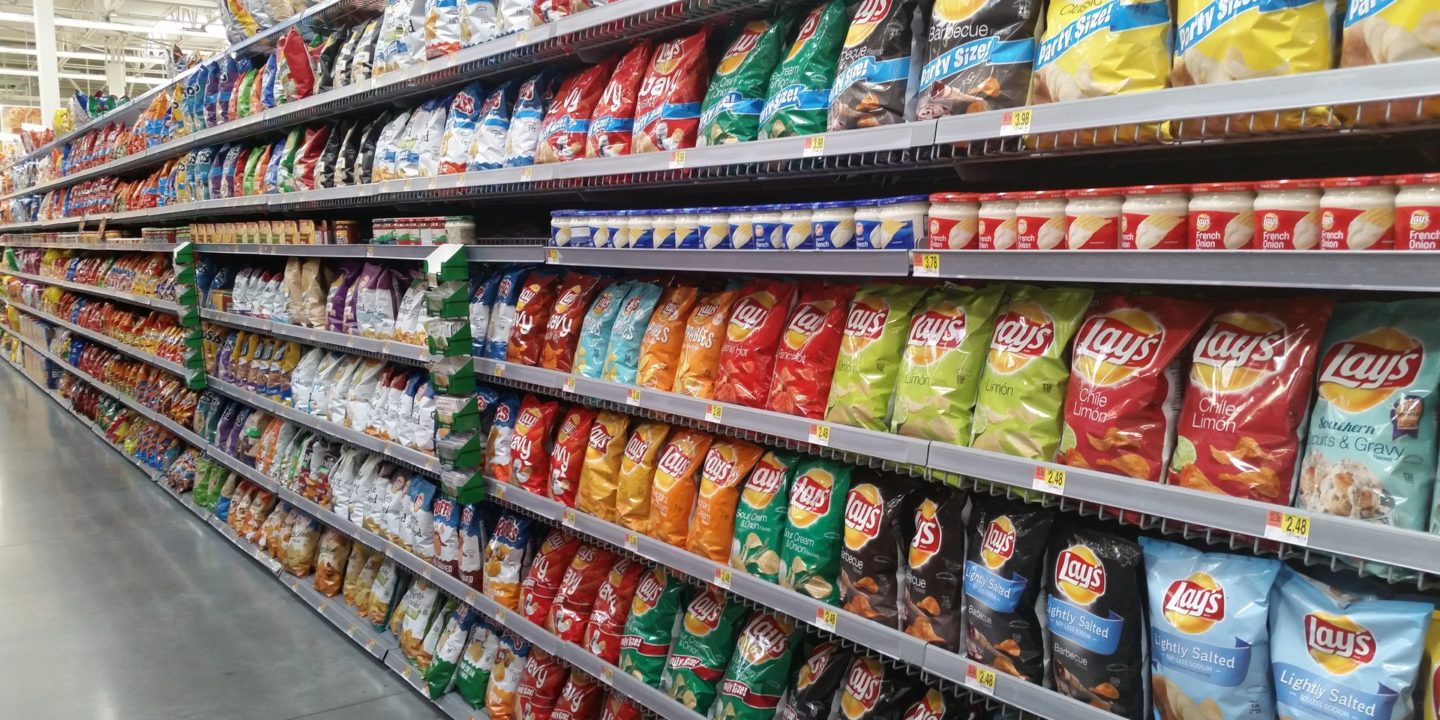
“The problem,” she continued, “is that we have allowed it to be valueless after we use it. When people say the economics of recycling don’t work, they are not factoring in natural capital. If we asked ourselves, what’s the cost of not recycling, that would be much more important.”
She applauds China’s ban on low value plastics, provided that the trade does not simply switch to less sophisticated economies.
“We’ve got to learn how to process these materials and appreciate their embedded value.”
There are two ways to recycle plastics, she explained: in mechanical recycling, the plastic is ground up and put through a minor cleaning process, before being shaped into a new object. Low grade plastics like polyethylene cannot be mechanically recycled more than ten times before they are too degraded to re-use.
Chemical recycling breaks the compounds down to allow virtually infinite re-use. “To recycle aluminium,” she explained, “we melt it down and make a new product. It can be repeated indefinitely. Chemical recycling of plastic is the equivalent. It allows us to take a wider variety of inputs and create either chemical intermediates or go all the way back to the original monomer, the material that the plastic is made from.”
Mechanical recycling is a limited activity that can operate at a local level. Chemical recycling enables indefinite re-use, but it demands a more sophisticated support system, since it is likely to be centralised and therefore to require more extensive collection and sorting networks. Since virgin material is cheap, there has been little incentive to set up those networks.
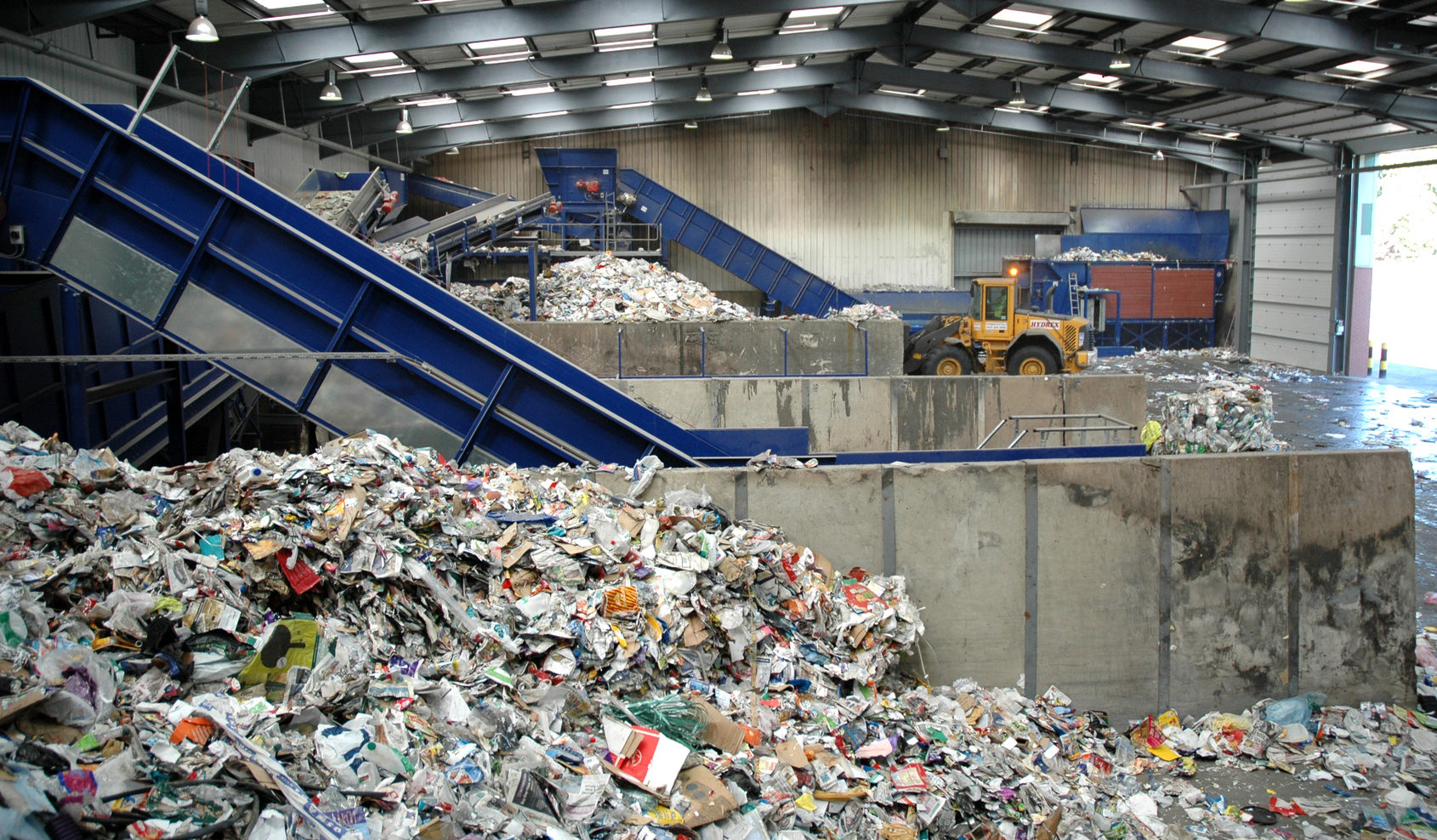
“We need to create a floor value for waste plastic,” said Goodrich. “So we need the resin companies, who currently manufacture the virgin material, to see recycled plastic as a raw material source to be mined, instead of using oil. There’s a carbon benefit, because it takes less energy and less carbon to use recycled material, so the resin company would lower its carbon footprint. If we can value carbon, that creates an additional incentive. As long as the resin companies are not part of the solution, we will have plastic in the ocean.”
Richard Northcote, chief sustainability officer of Covestro, one of the world’s leading manufacturers of polymers, takes the argument further. Covestro is a member of the carbon productivity forum, a group that seeks to raise the value created for each unit of greenhouse gas emitted, in order to address the twin challenges of low growth and climate change.
People will say that a plastic bag has a better carbon footprint than a paper bag, which may be true until it ends up in the ocean.
“To meet our Paris targets we have to increase carbon productivity by a factor of 10,” he explained, “which requires a different assessment model. We currently use lifecycle assessment. People will say that a plastic bag has a better carbon footprint than a paper bag, which may be true until it ends up in the ocean. But to measure single use plastic just by the energy used to make it makes no sense. It makes no contribution to carbon productivity. If you bring in carbon productivity as an additional metric, you get a completely different view of the value of technologies and materials that we use today. If China adopted the principles of carbon productivity, for example,” he added, “it would help them identify which industries they should exit.”
The chemical industry, which he admits has been part of the problem in the past, is now changing fast, stimulated by the drive for resource efficiency created by the Sustainable Development Goals.
“Our R&D today is about replacing oil as a feedstock,” he said, “so we are looking at bio-based alternatives for all our key feedstocks, including using CO2 as a feedstock – effectively creating products out of thin air. The idea is no longer ridiculous. Finding a catalyst for CO2 was once a dream, but we are having these breakthroughs all the time.”
“Once you start mining air,” he said, “you really change things.”
